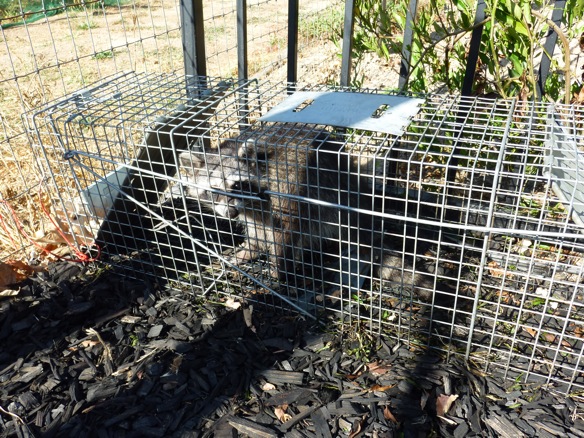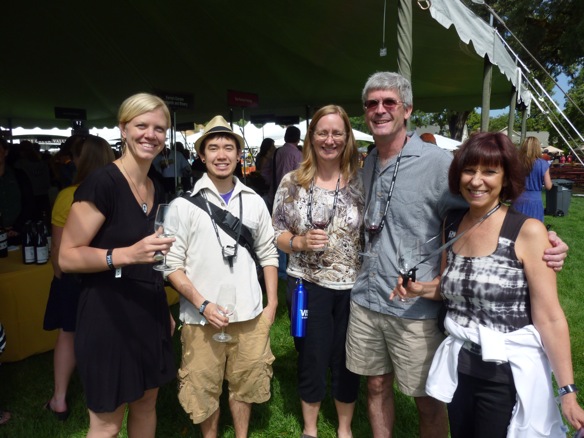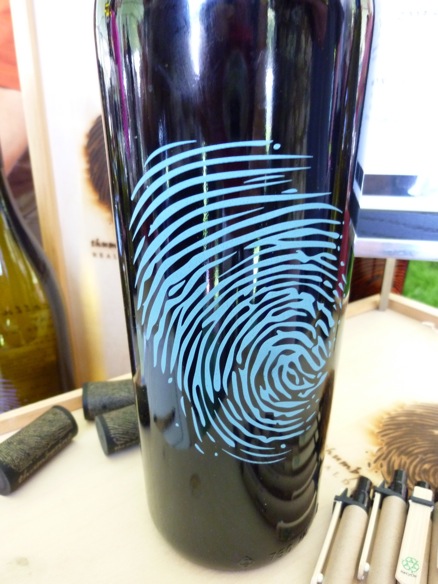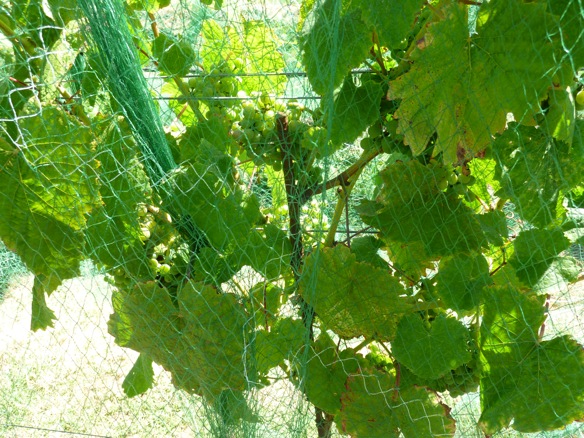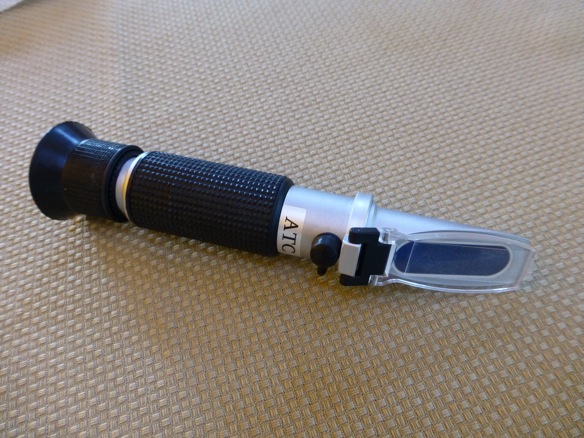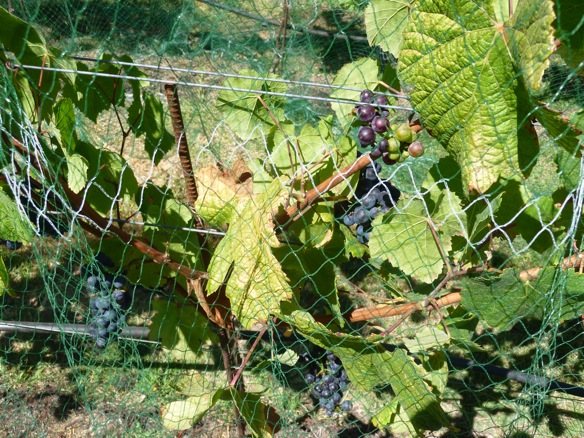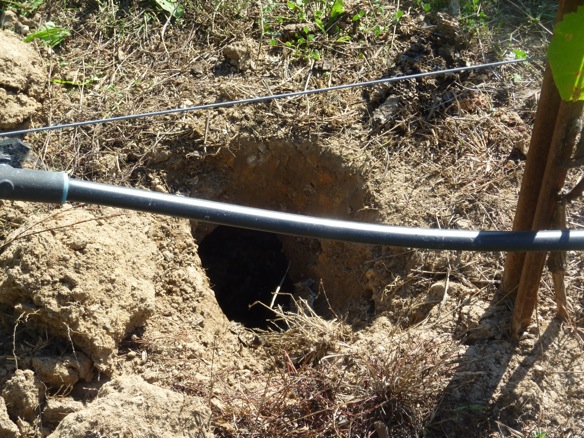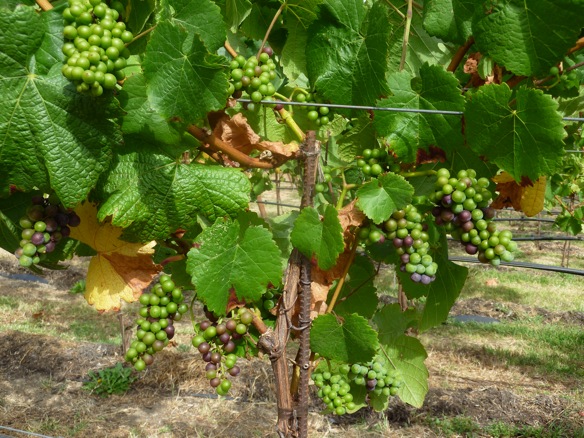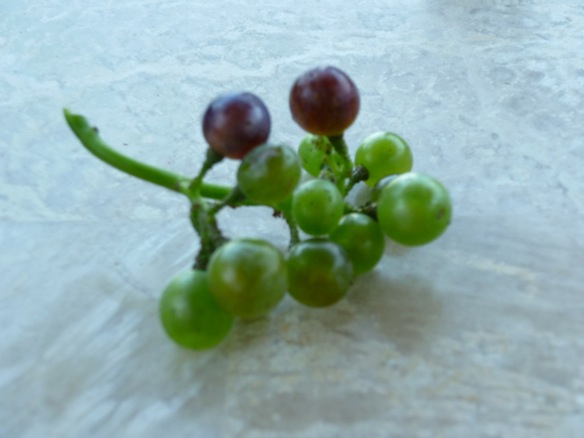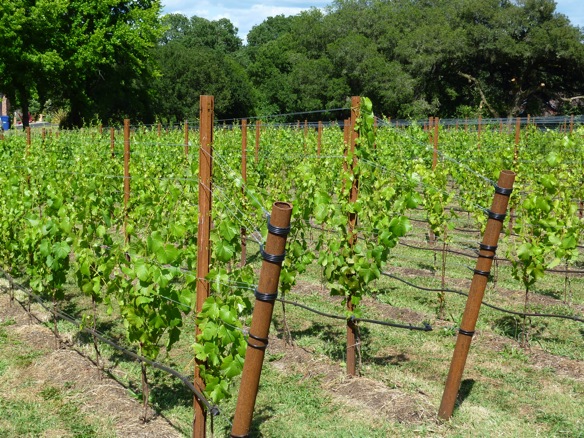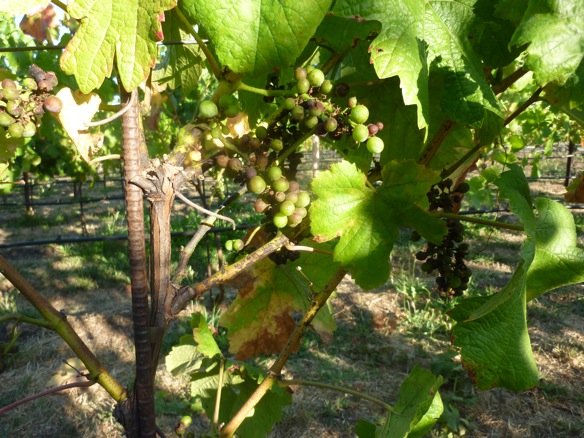 In Russian River Valley, the weather is perfect for growing Pinot noir, Chardonnay and in some areas Sauvignon blanc. Cool evenings, fog and then warm days. This is also ideal for mildew. Being an organic farmer, you are limited to what you can spray. Suffice it to say, but being organic means I have to spray twice as frequent with material that is more expensive. The key is to spray every week and put on the right chemical at the right time. Last year I didn’t spray enough and had mildew in the middle of the year. This year was much better and I only had about 8 vines with bad mildew. What did I do and learn?
In Russian River Valley, the weather is perfect for growing Pinot noir, Chardonnay and in some areas Sauvignon blanc. Cool evenings, fog and then warm days. This is also ideal for mildew. Being an organic farmer, you are limited to what you can spray. Suffice it to say, but being organic means I have to spray twice as frequent with material that is more expensive. The key is to spray every week and put on the right chemical at the right time. Last year I didn’t spray enough and had mildew in the middle of the year. This year was much better and I only had about 8 vines with bad mildew. What did I do and learn?
At bud break I sprayed with Serenade and copper 4 times for 4 weeks – I’ll keep this for next year.
Next I sprayed with serenade only until the end of June – Serenade will contol midew but won’t kill it. Next year I’m going to spray with Stylet Oil until veraison.
From veraison until netting, I’m spraying with Serenade and will keep this next year. Near the end of the year I’ll spray with Kaligreen for mildew control in Aug/September.
In addition, throughout the vine/leaf growing season I’m going to spray with Metalosate Multimineral Foliar Spray to help with mineral uptake to the vines.
Why is it so important? First, if the grapes get mildew they will die and infect other grapes. If the vines get midew, it will affect next years clusters and ultimately the harvest. So….a never ending fight but one that has to be won every year.
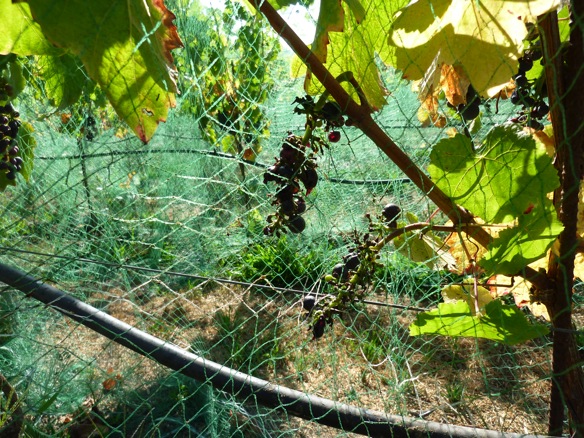
 As many of you know I have been waging a small battle with the raccoons due to the fact that they have been messing up my weed cloth/mulch so they can find food. However, now they have gone to far. They are now eating my almost ripe grapes! I can understand since they taste so good, but it will certainly cut down on the bottles of wine this year since we don’t have a lot to start with. How do they do it you ask….they push the nets against the clusters and then eat them.
As many of you know I have been waging a small battle with the raccoons due to the fact that they have been messing up my weed cloth/mulch so they can find food. However, now they have gone to far. They are now eating my almost ripe grapes! I can understand since they taste so good, but it will certainly cut down on the bottles of wine this year since we don’t have a lot to start with. How do they do it you ask….they push the nets against the clusters and then eat them.